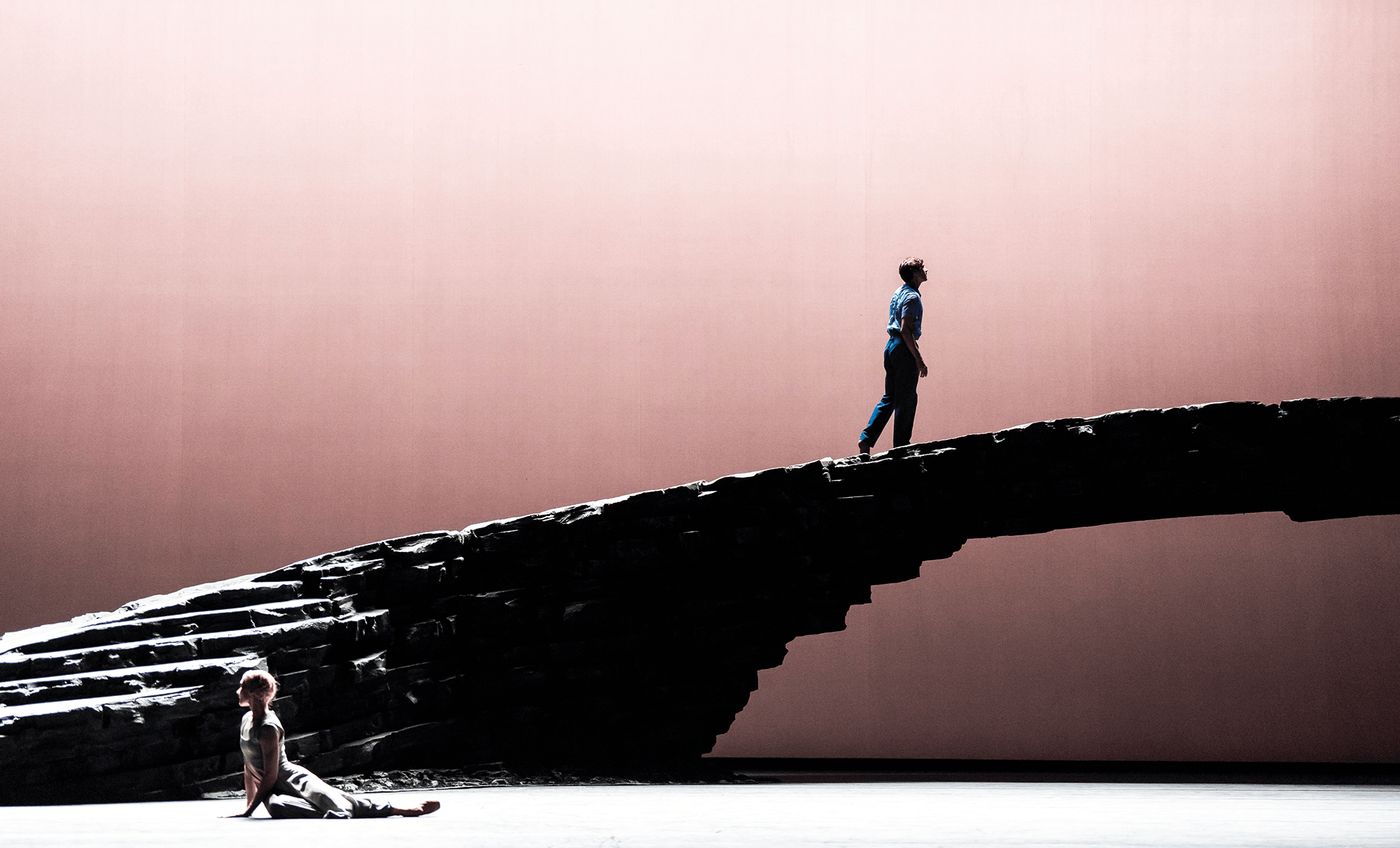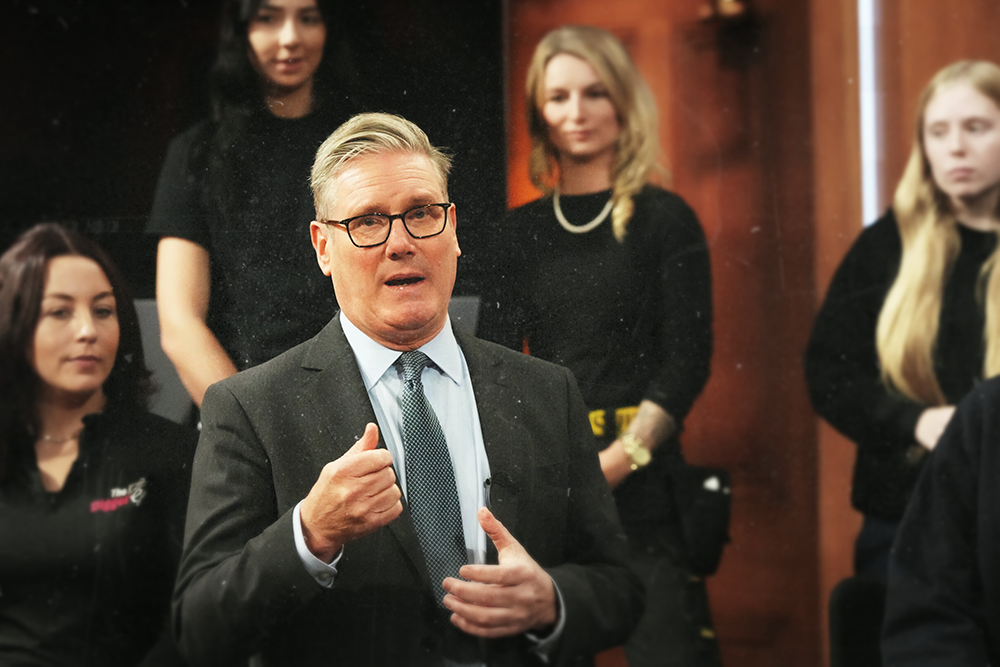
The Royal Ballet has scheduled what – on paper at least – looks like one of the most dismally dull and cautious seasons I can recall. The company is hobbled by a £21.7 million government loan (that had tided the place over during Covid), which the Royal Opera House is being forced to ‘service’. One bright spot of interest comes with the commissioning of a new work from Cathy Marston and an import from New York City Ballet’s Justin Peck, slotted into a triple bill alongside Balanchine’s nocturne, Serenade.
There’s not much to say about Peck’s Everywhere We Go. Big, bold, bright and much too long, it is devoid of shape or implication but bursting with jazzy Broadway energy, pumped up by a crude score by Sufjan Stevens. The result is an invigorating workout for an enthusiastic company, but nothing more. It’s a disappointment, and I don’t want to see it again.
Marston’s Against the Tide, on the other hand, just might be the best thing she’s ever done. Set to very good music – Britten’s wonderful Violin Concerto (the solo part beautifully played by Vasko Vassilev) – it engages its moods with a sensitivity rarely found in contemporary choreography and paints a richly ambiguous scenario that caused much debate in the interval. An isolated, restless young man playing on a beach has a series of tense encounters with another young man, whose intentions are unclear. There’s a faintly angelic, possibly redemptive woman and a posse of uniformed cadets led by a fascistic officer. At the end he rejects them all – or do they reject him? – and seeks new horizons.
Marston’s Against the Tide just might be the best thing she’s ever done
It may sound banal, but Marston has given a superb cast – enthrallingly led by William Bracewell – richly expressive and encoded movement that allows for all sorts of interpretation. Is the young man in blue struggling with his sexuality or something more existential? Is this a political parable? Are there ghosts here? Repeated viewings may reveal completely different levels of meaning.
Figures in Extinction is nothing if not ambitious. A collaboration between choreographer Crystal Pite and Simon McBurney of Complicité, it consists of three half-hour episodes, focused on yet another apocalyptic warning about climate change, some theorising on the nature of consciousness, and reflections on our attitudes to dying. Quotes from sages such as Iain McGilchrist and John Berger make up the spoken text, which is interspersed with fragments of music. The troupe of Nederlands Dans Theater mimes a counterpoint.
Such weighty themes put great demands on dance, and after some imaginative and witty evocations of extinct flora and fauna, Pite has struggled to find meaningful imagery with which to illustrate the big abstract ideas at stake. Her unsatisfactory solution is to resort to her trademark habit of sculpting bodies into a swarming anonymous mass. It’s all laid on so thick, both verbally and visually, that I felt bludgeoned and ultimately bored, despite the total commitment of the performers and some imaginative stagecraft.
Roberto Bolle, the absurdly handsome Italian ballerino, came to Sadler’s Wells for one night only, with a gala programme marking his 50th birthday. Well over 6ft, super-elegant and rangy, Bolle always reminds me of a magnificent stallion, albeit one now past his physical peak. On this occasion he wisely tailored his contributions to some barefoot (and bare-chested) solos and duets of an anguished nature, using his arms more than his legs and suggestive of frustration at failing powers as much as anything else. Russell Maliphant’s Two was the most genuinely eloquent of these numbers. John Neumeier’s tribute to his friendship with Maurice Béjart was pure cringe. Melissa Hamilton was his stylish partner in romantic numbers by Mauro Bigonzetti and Angelin Preljocaj. And nonsense showpieces such as ‘Grand Pas Classique’and ‘Diana and Actaeon, competently executed to wild applause by a’ variety of guest artists, provided the jumps and turns that Bolle can no longer summon up.








Comments